Black people—and their many contributions to society—have long been marginalized in the U.S. Here, in honor of Black History Month, we celebrate the accomplishments and ever-present energy of the Black communities in five American cities.
Don’t see your hometown on this list? We encourage you to look up your own local Black heroes and entrepreneurs.
Los Angeles
We’ve all heard of Sunset Boulevard, but how many visitors to Los Angeles are familiar with Central Avenue? While LA’s Black roots go back to its 1781 founding—records show that of the original 44 pobladores here, 10 were Black or of mixed heritage the city truly became a mecca for Black culture during the 1940s, when droves of Black people arrived from the South as part of the Great Migration.
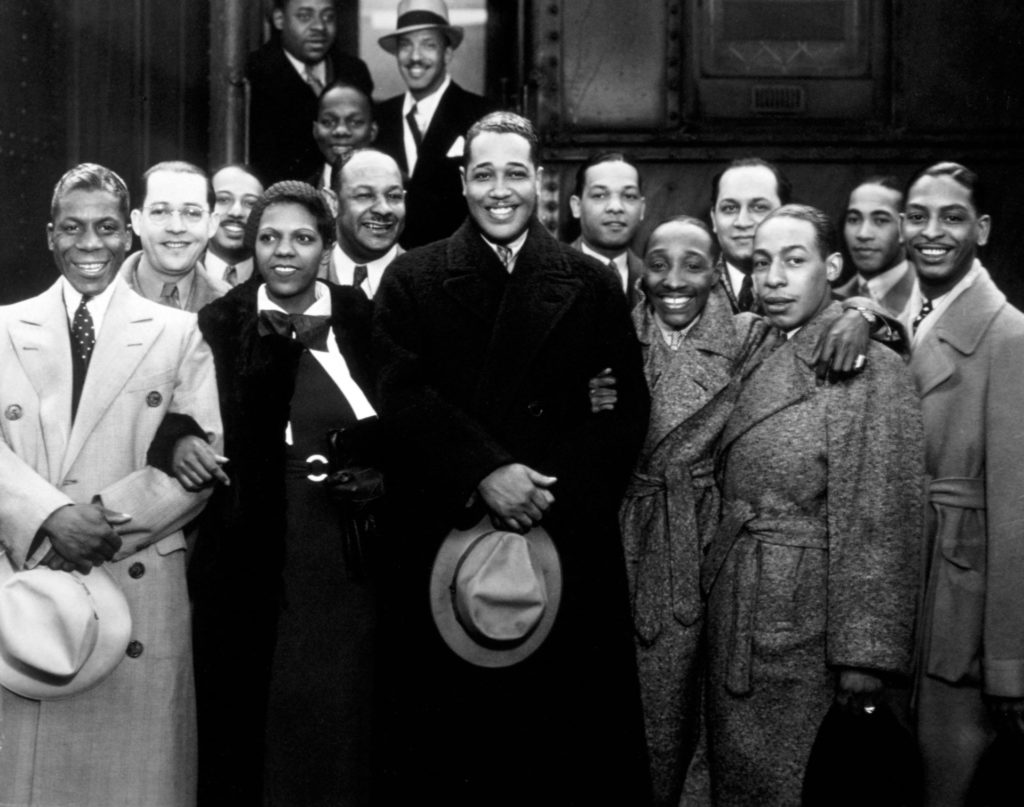
Central Avenue, which runs from Downtown LA to Watts and Compton, became the main thoroughfare for that community. It was also the epicenter of the West Coast jazz scene. The Dunbar Hotel, at Central Avenue and 42nd Street, hosted not only musicians (Duke Ellington, Billie Holiday) but Black leaders (W.E.B. Du Bois, Thurgood Marshall), as well as the first NAACP national convention in the Western U.S. While the hotel is now part of a housing development called Dunbar Village, its facade and lobby have been preserved, and it’s listed on the National Register of Historic Places. While the jazz clubs are gone, plenty of Black-owned businesses continue to flourish throughout the city. Hungry? Try the fried chicken at Comfort LA downtown or the shrimp and grits at My Two Cents on Pico Boulevard.
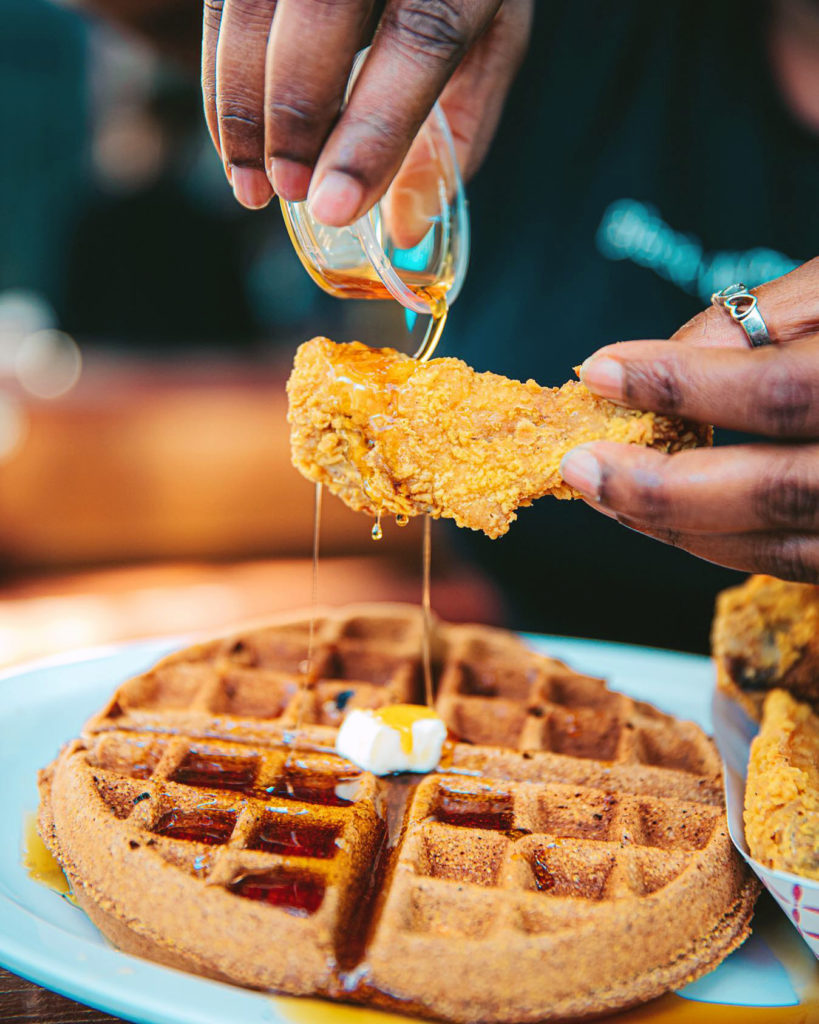
For hip styles, check out Sorella on Melrose Avenue. For literature, visit Eso Won Books in South LA. (Many more Black-owned shops and brands can be found at Black Book LA.) And keep an eye out for the Compton Cowboys, a group of 10 childhood friends who have made headlines by riding horses through the neighborhood to highlight the rich legacy of Black cowboy culture.
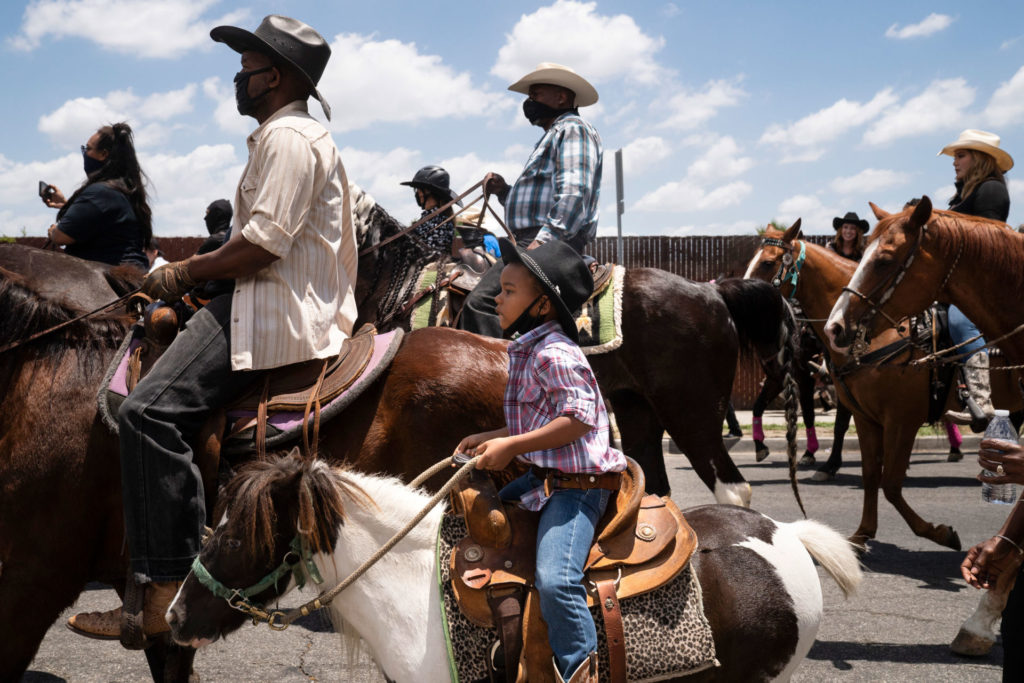
If all this has you looking to learn more, check out the California African American Museum, which explores Black art, history, and culture at a huge facility in Exposition Park.
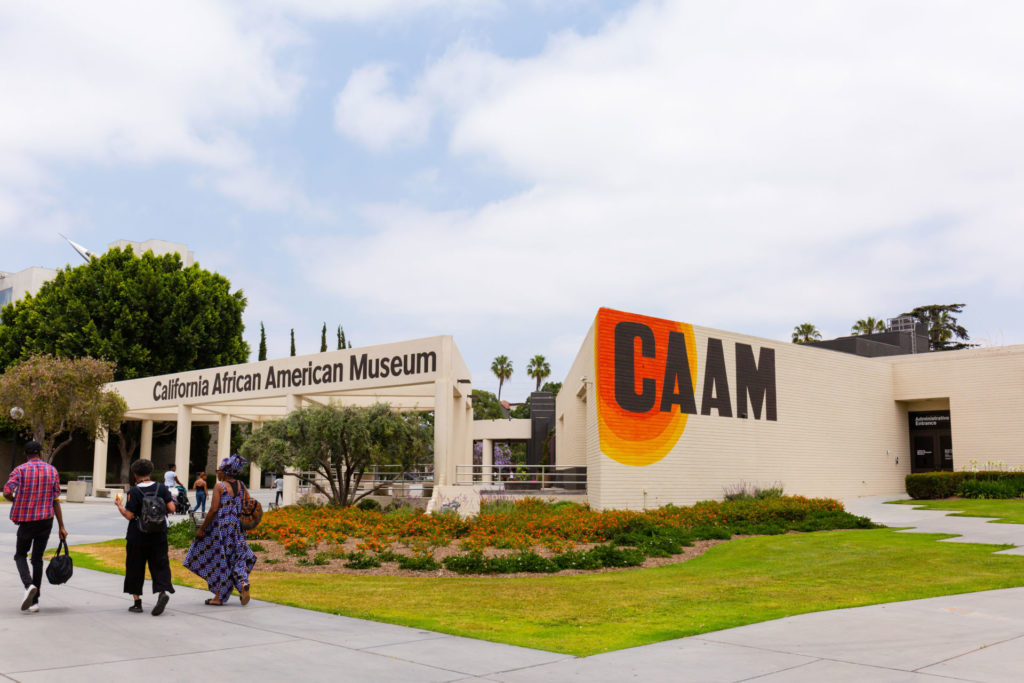
Kansas City
Kansas City’s Black population dates to the antebellum era, and the community here boomed after the Civil War, as newly freed people and their descendants came for jobs with the railroads, stockyards, and packinghouses. The cultural locus became the 18th and Vine neighborhood, which was one of America’s liveliest jazz districts.
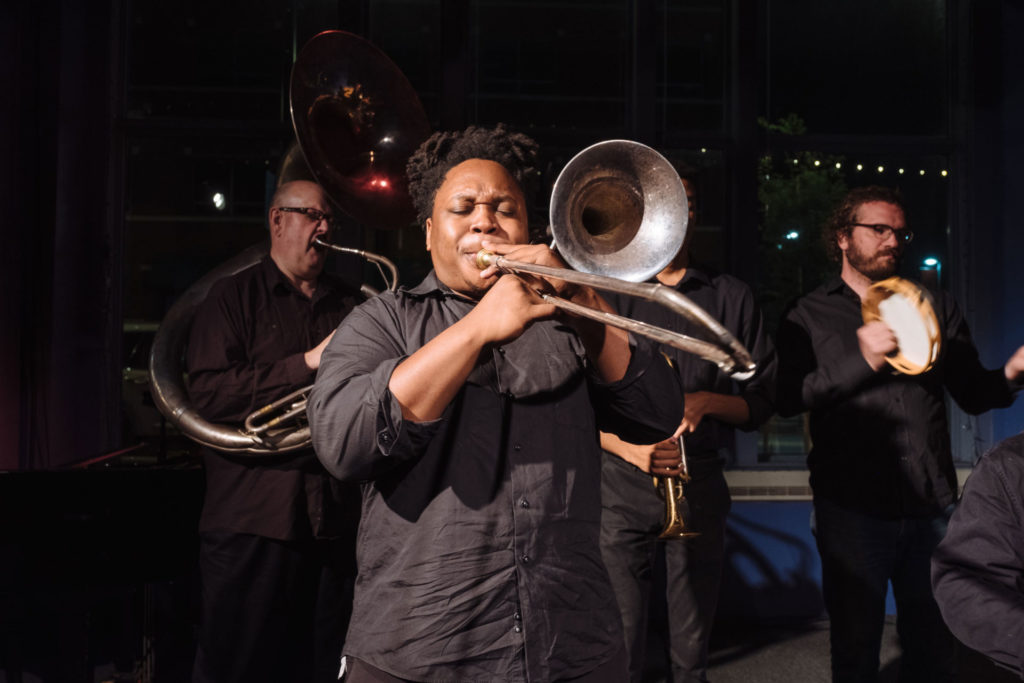
That history is memorialized at the American Jazz Museum, which features interactive exhibits, artifacts such as the saxophone played by Kansas City native Charlie Parker, and two performance venues, The Blue Room jazz club and the restored Gem Theater arts center.
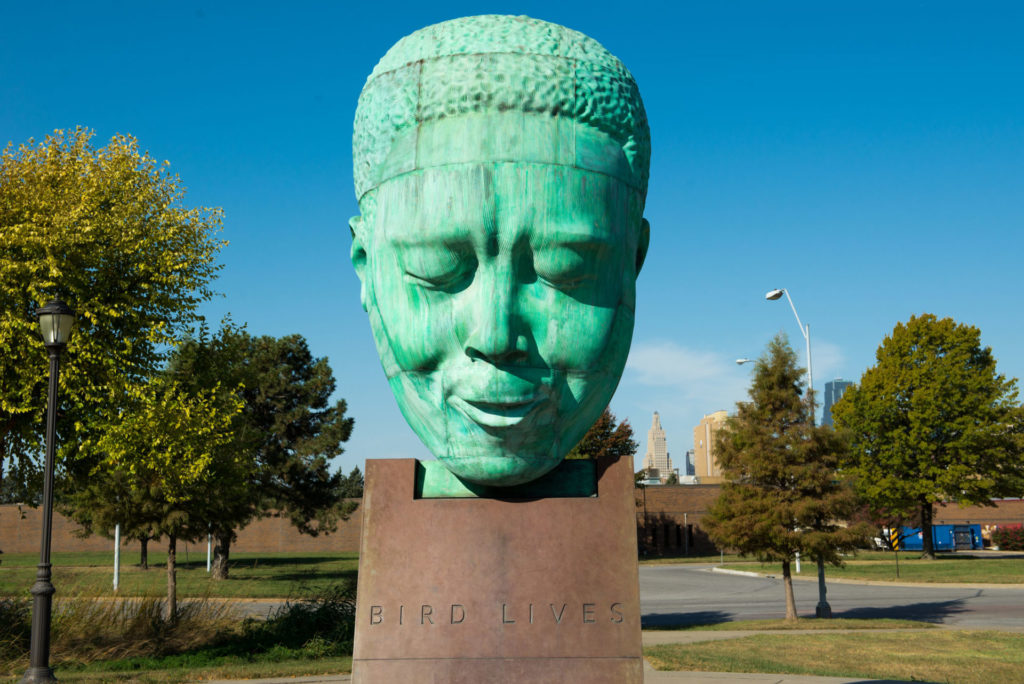
Within the same complex, sports fans will find the Negro Leagues Baseball Museum, where they can learn about preintegration stars such as Satchel Paige, Josh Gibson, and Kansas City Monarchs legend Buck O’Neil.
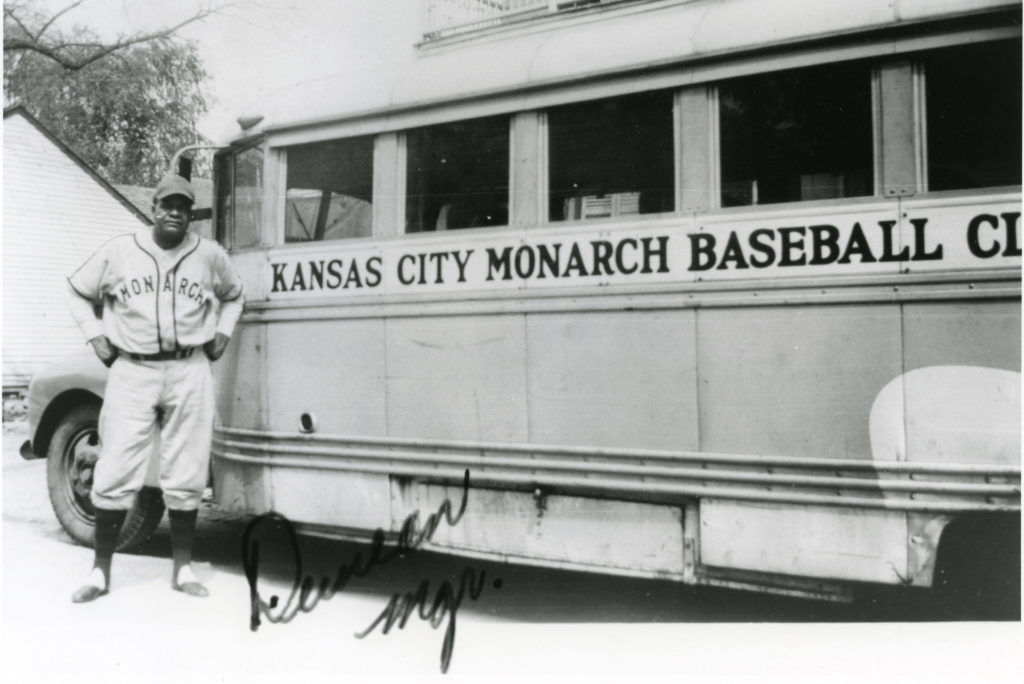 The Kansas City Monarchs bus in the 1940s. Photography: Negro Leagues Baseball Museum
The Kansas City Monarchs bus in the 1940s. Photography: Negro Leagues Baseball MuseumThere has never been a better time: 2020 marked the 100th anniversary of the Negro National League, and Major League Baseball at last recognized the players as major leaguers and began counting their statistics.
At mealtime, Kansas City is all about barbecue, and the question of the best joint in town inspires hot debate. Two of the longest-standing contenders, Gates Bar-B-Q and Arthur Bryant’s Barbeque, can be found near 18th and Vine.
No matter which you opt for, be sure to order the burnt ends, KC’s signature cut of brisket. Those in need of something a tad less indulgent can cleanse with a juice or smoothie from Ruby Jean’s Juicery.
Another local institution is Willa’s Books & Vinyl. Owner Willa Robinson started out as a street vendor selling books at 18th and Vine, and she now has a shop on East 63rd Street that specializes in Black history and literature, plus vintage jazz records. Or, for a variety of other keepsakes, head across town to Natasha Ria Art Gallery, where the owner, who also curates the Black Space Black Art program, sells jewelry, scarves, and more.
New York City
Harlem is perhaps the most famous Black neighborhood in the world, and for good reason.

The blocks north of Central Park were home to Langston Hughes and his Harlem Renaissance contemporaries, Malcolm X’s Nation of Islam temple, and the Apollo Theater, which still hosts its legendary Amateur Nights.
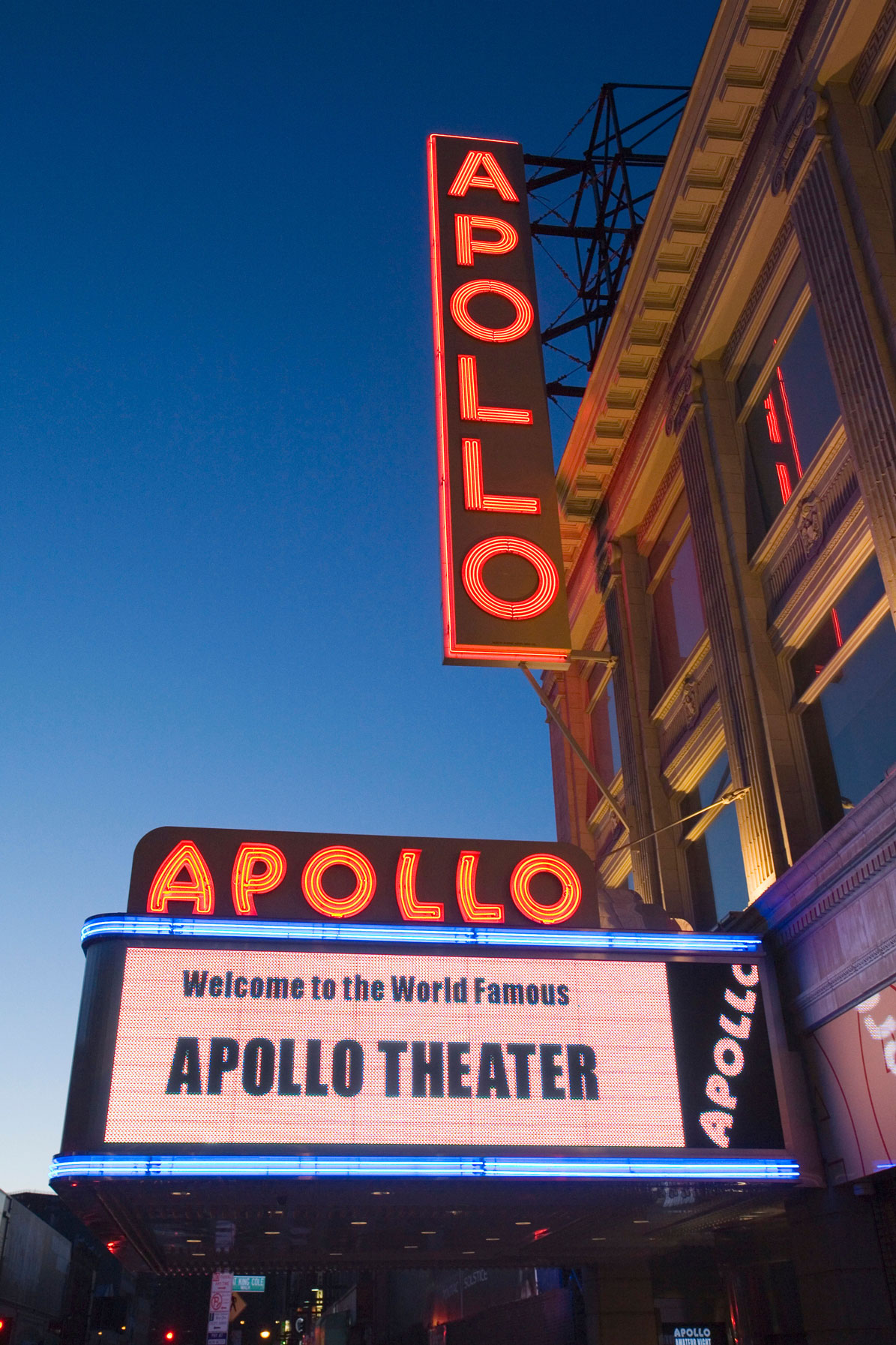
To take your trip to 125th Street all the way down memory lane, make a reservation with Harlem Heritage Tours—which includes walking itineraries and gospel and jazz tours among its offerings—or dig into the archives at the Schomburg Center for Research in Black Culture.
New York’s legacy as a center of Black life reaches back much further, though. Downtown from Harlem, you’ll find the Seneca Village site.
In 1825, a small hamlet sprouted near what is now Central Park’s West 85th Street entrance; by 1855 it had grown to about 225 residents, twothirds of whom were Black. (They had to relocate two years later, after the city claimed the land in order to build the park.) The Central Park Conservancy offers Seneca Village tours for those who wish to learn more.
Another pre-Harlem Black enclave existed in Brooklyn. Weeksville was named after James Weeks, a Black stevedore who bought land there in 1838. The neighborhood’s free Black community grew to more than 500 residents before being subsumed into what is now Crown Heights. Four historic homes that date to the mid-19th century, known as the Hunterfly Road Houses, still exist, and the Weeksville Heritage Center offers tours of the area, as well as workshops and exhibits. A trip to New York always means a lot of time walking, and all those tours are sure to leave you famished. If you’re uptown, check out Melba’s, where Harlem native Melba Wilson has served comfort food for more than 15 years. (Bobby Flay featured her chicken and waffles on the Food Network.)
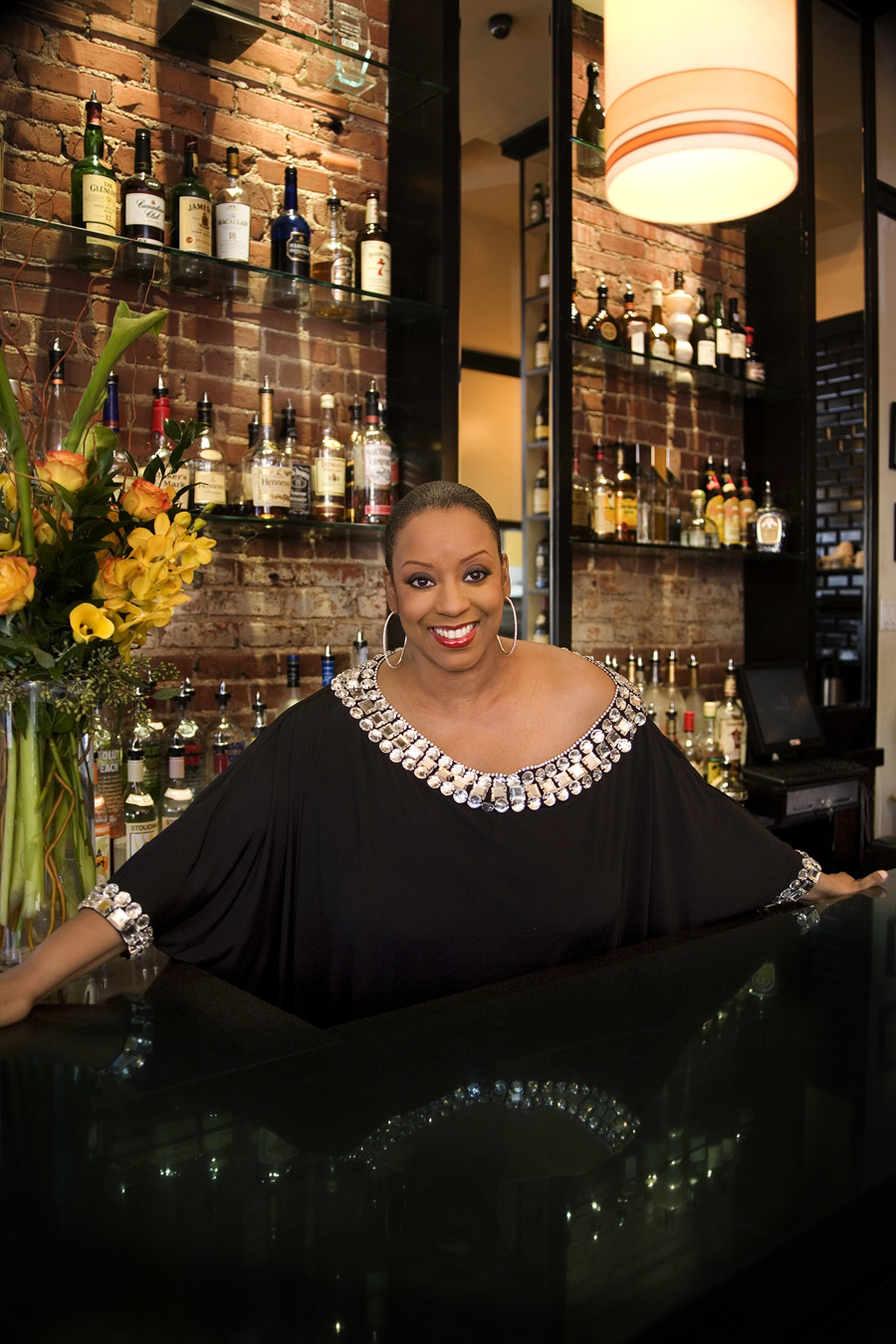
In Brooklyn, you can’t beat Peaches, the Bed-Stuy mainstay that specializes in upscale takes on Southern classics, from blackened catfish to St. Louis spare ribs. Just around the corner from Peaches stands the Akwaaba Mansion, an 1860s Italianate villa that owners Glenn Pogue and Monique Greenwood converted into a charming four-suite inn. They say this city never sleeps, but you’ll have earned a rest.
Miami
The culture most commonly associated with Miami may be that of the Cuban immigrants in Little Havana, but a rich history also exists just north of downtown, in Overtown. The neighborhood—historically known as Colored Town, because it was established in 1896, during the Jim Crow era, to house railroad magnate Henry Flagler’s Black construction workers—became the main hub for South Florida’s Black population. It was where all the “music, love, and happenings” took place, according to Timothy Barber, the executive director of the Black Archives Historic Lyric Theater.
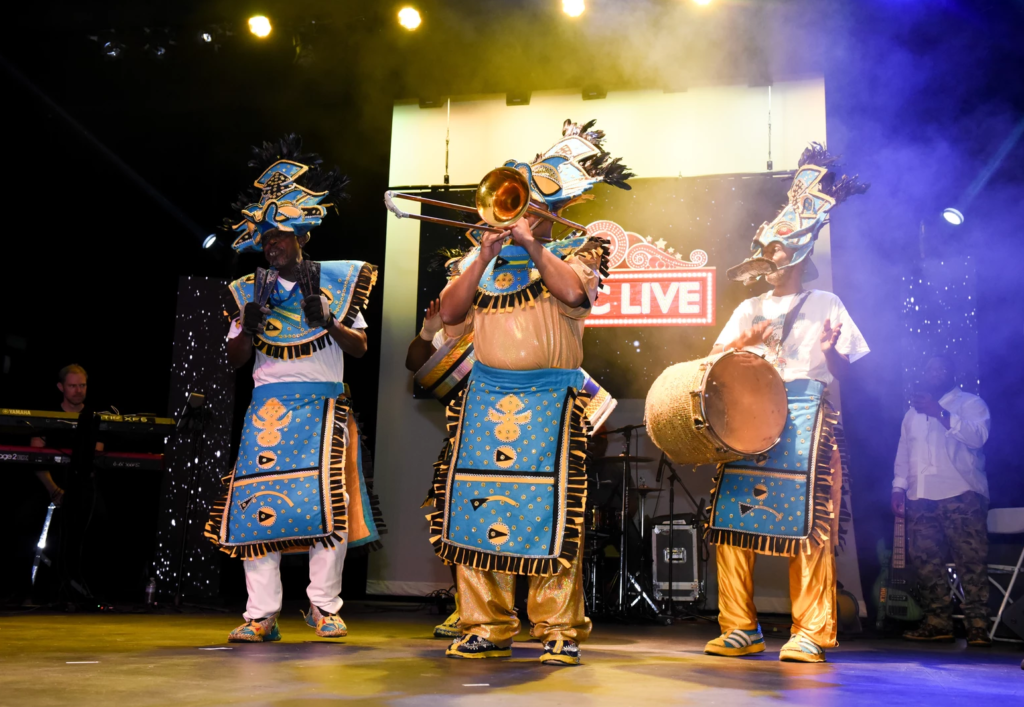 A band at the Black Archives Historic Lyric Theater. Photography: Archives Historic Lyric Theater
A band at the Black Archives Historic Lyric Theater. Photography: Archives Historic Lyric TheaterOpened in 1913, the beautiful theater was renowned for being a discrimination-free gathering place, and it hosts performances to this day.
For more history, make your way down to the Black Police Precinct and Courthouse Museum. The Miami Police Department hired its first Black officers You’ll need fuel for your exploring, in 1944, but they had no precinct to work so start your day with brunch at Jackout of until this one opened in 1950. (It’s son Soul Food, which opened in 1946. the only building in the country that is (The fish and grits is the must-order on known to have been designed, devoted to, and operated as a separate station house, headquarters, and municipal court for Black people and Black officers.) The precinct closed in 1963, when the police force was integrated, but it reopened as a museum in 2009.
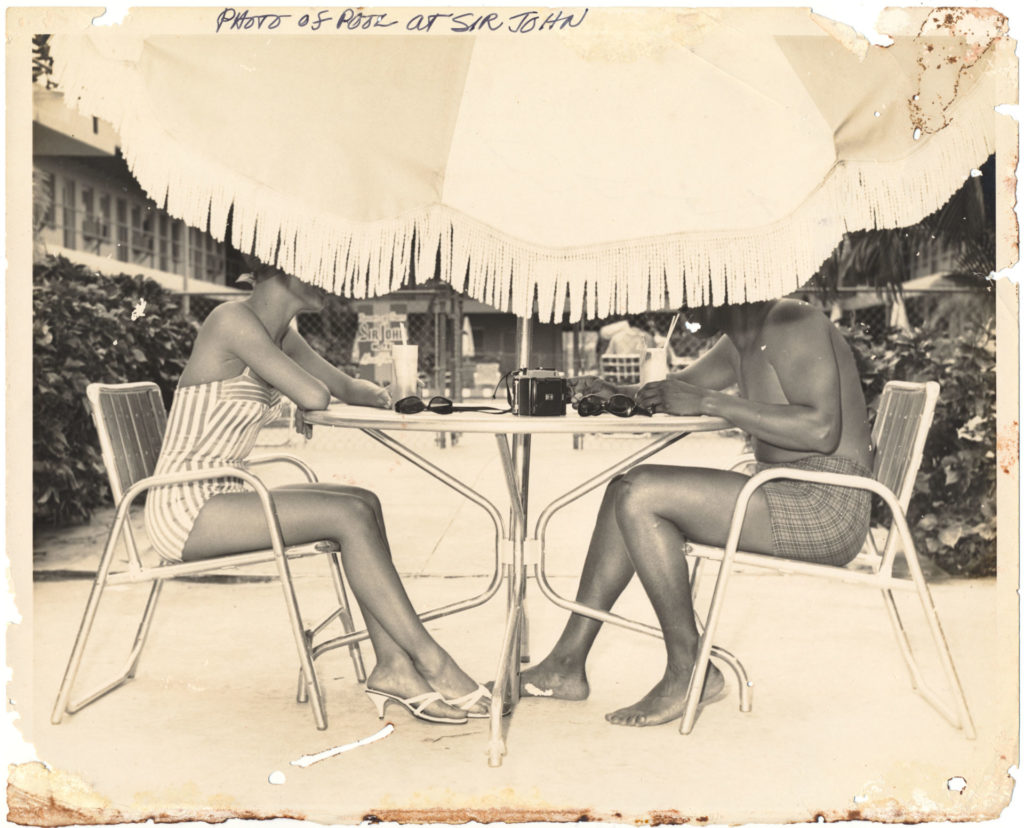
You’ll need fuel for your exploring, so start your day with brunch at Jackson Soul Food, which opened in 1946. (The fish and grits is the must-order on weekends.) Afterward, do a little bit of shopping and check out the inspirational streetwear (think shirts printed with graffiti-style portraits of Black icons ranging from Malcolm X to Maya Angelou) at the appropriately named Cool Creative Collection retail showroom in Little Haiti.
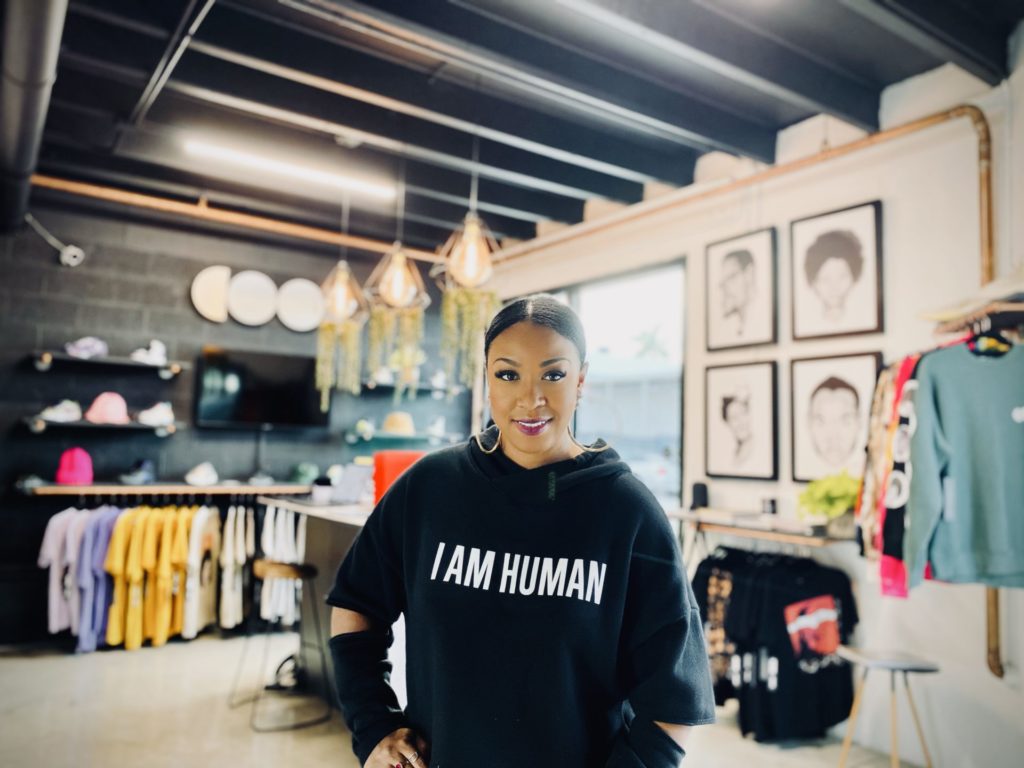
Finally, why spring for a South Beach hotel when you can stay right in Overtown? Husband-and-wife duo Akino West and Jamila Ross converted a vacant hotel into The Copper Door Bed and Breakfast in 2018, and the simple but stylish 25-room-and-suite boutique is replete with charming design touches (vintage furniture, vivid wallpaper, a mosaic-tiled entryway floor). Considering that West worked at Noma, once the World’s Best Restaurant, we would not recommend skipping breakfast.
New Orleans
Everything that makes New Orleans great, from the flavors of its Creole food to the sounds of its jazz music, drips with the influence of the Black community. The first stop for any visitor is Louis Armstrong Park, which is sandwiched between the French Quarter and the Tremé neighborhood. Aside from being named after the Big Easy’s most famous musician—keep an eye out for the statue of Satchmo—the park includes Congo Square, an early19th-century gathering place for slaves and the likely birthplace of jazz.
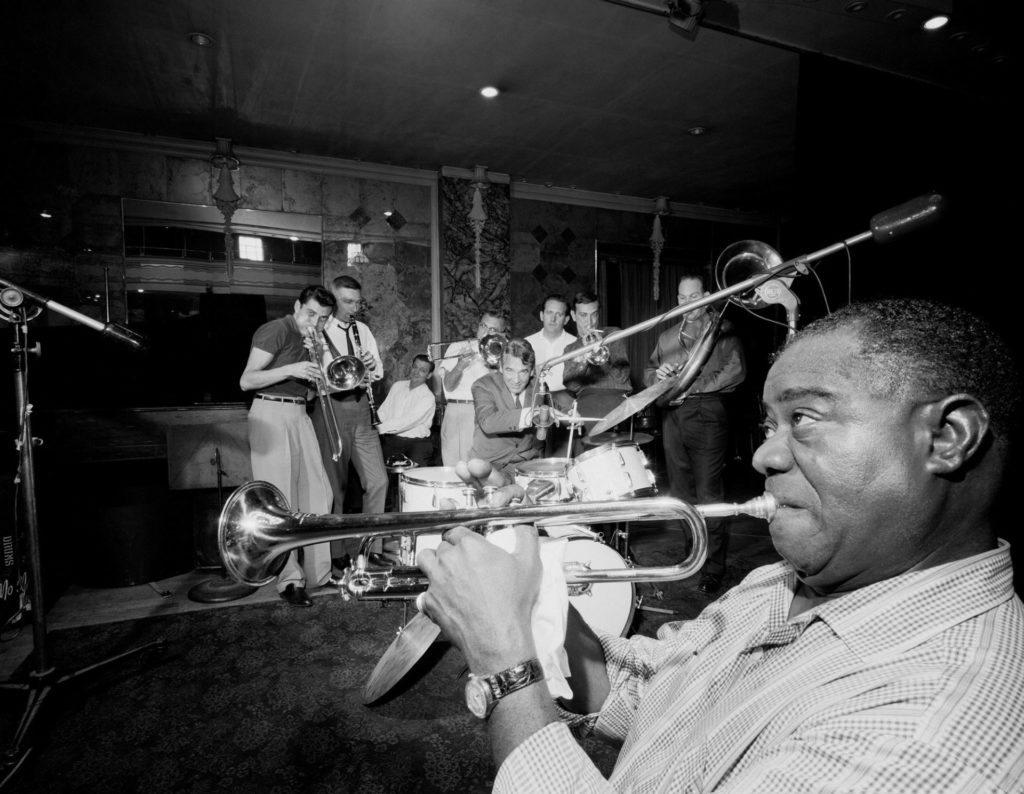 Louis Armstrong in 1960. Photography: New York Daily News Archive/Getty Images
Louis Armstrong in 1960. Photography: New York Daily News Archive/Getty ImagesArmstrong Park is just the start. A few blocks away, in the Tremé, stand St. Augustine’s Catholic Church, a Black parish that dates to 1841, and the Backstreet Cultural Museum, which houses a collection of the astonishing costumes worn by the Mardi Gras Indians, who don their feathers and beads to honor Native Americans who helped escaped slaves. Those who are willing to hop in the car for an hour, meanwhile, can head up to the town of Wallace to take a tour of the Whitney Plantation Museum. The property dates to 1752, and in 2014 it was converted into a museum dedicated to the lives of the enslaved. Or stay closer to home and pop over to Esplanade Avenue to learn about NOLA’s free people of color at Le Musée de f.p.c.
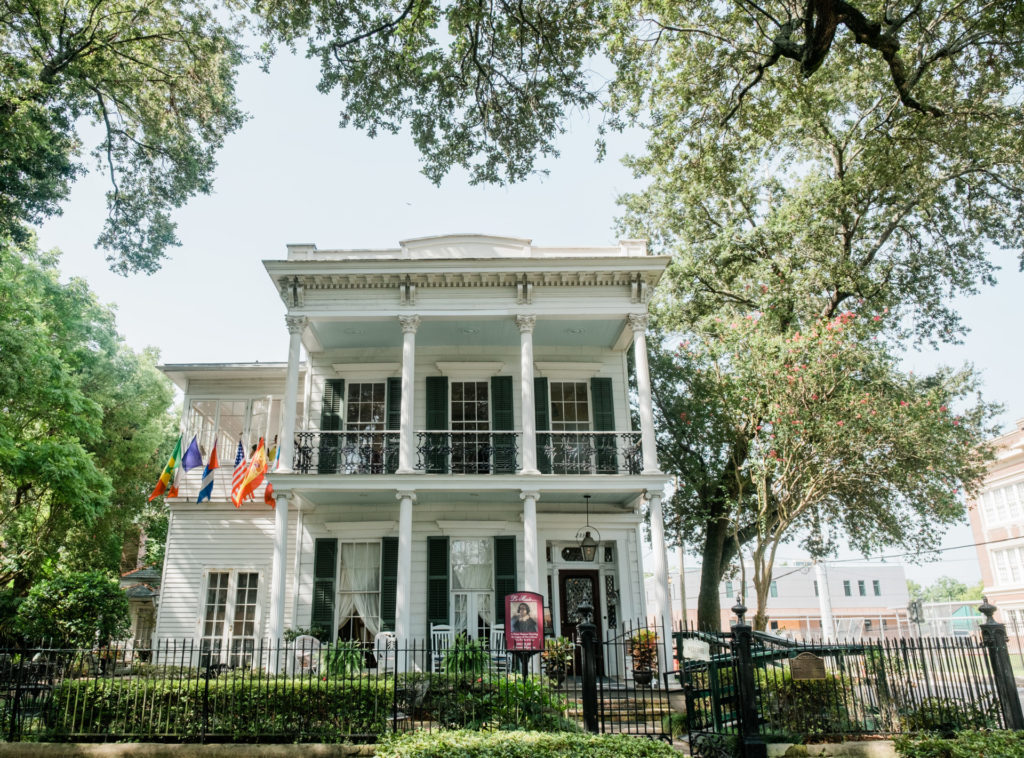 Le Musée de f.p.c. Photography: Le Musée de f.p.c.
Le Musée de f.p.c. Photography: Le Musée de f.p.c.Food, of course, is one of the Crescent City’s biggest draws. For decades, Leah Chase was the Queen of Creole Cuisine, with the masses coming to pay their respects at Dooky Chase’s Restaurant. She passed away in 2019, but her family still serves down-home cooking in the Tremé. Another option, not far away, is Willie Mae’s Scotch House, which opened in 1957 and which some claim has the best fried chicken in America. And we’re just scratching the surface; many amazing Black-owned eateries await discovery.
When you come to NOLA, always expect the unexpected. The latest outgrowth of this city’s ever-shifting, always experimenting culture is its all-Black, all-female biker gangs. Keep your eyes (and ears) open for the Caramel Curves as they roar around town on Sundays. Even more inspiring are the murals at Studio BE, a Bywater warehouse that local artist Brandan “BMike” Odums has converted into a stunning street-art gallery.
Finally, book a stay at the Hubbard Mansion Bed and Breakfast, a beautiful Black-owned five-suite Greek Revival building on St. Charles Avenue, near the Garden District.
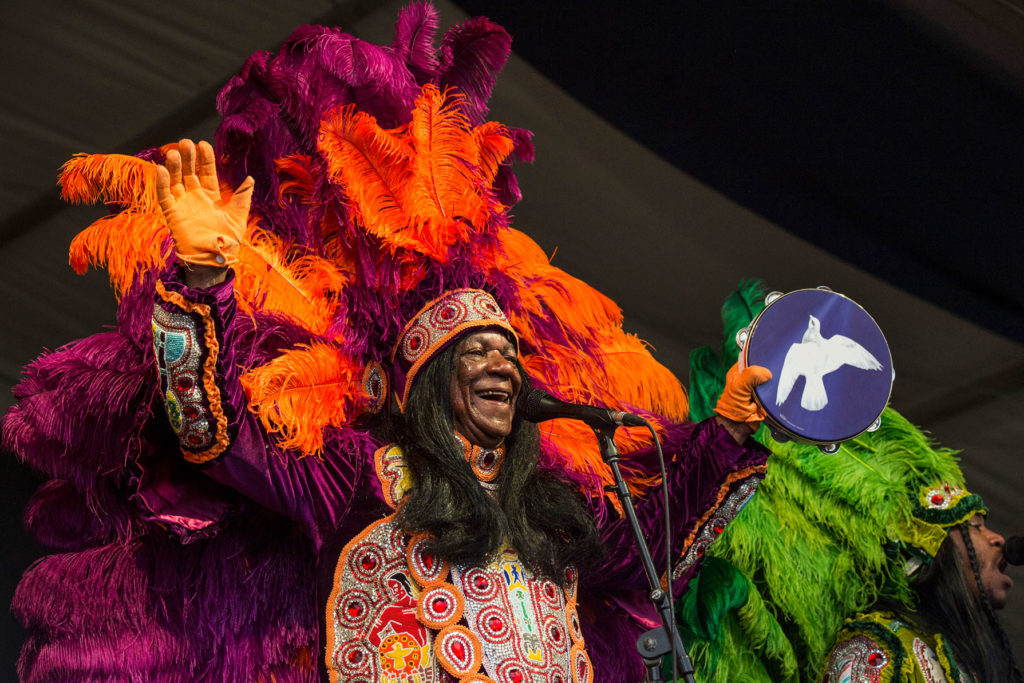
It’s the ideal place to say good night—or, more likely, since you’re in New Orleans, good morning.
